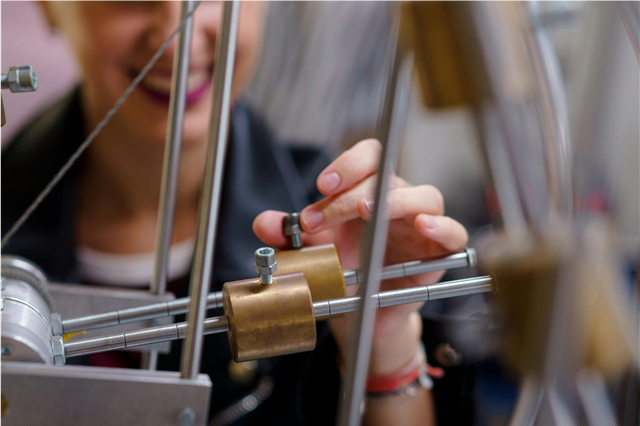
What are the uses of laboratory equipment for environmental testing?
Environmental testing might sound like something straight out of a science fiction movie, but it's actually happening right now in laboratories around the world – quietly protecting our planet and keeping us healthy. The sophisticated laboratory equipment used for environmental testing forms the backbone of our understanding of pollution, climate change, and ecosystem health. Here's what makes this field so fascinating.
The Invisible Detectives: Gas Chromatography-Mass Spectrometry (GC-MS)
Did you know? A single GC-MS machine can detect pollutants at concentrations as low as one part per trillion – that's like finding one drop of ink in an Olympic-sized swimming pool!
Gas chromatography-mass spectrometry systems are the workhorses of environmental contamination detection. These powerful instruments separate and identify chemical compounds in air, water, and soil samples. From detecting pesticide residues in groundwater to identifying volatile organic compounds (VOCs) in urban air, GC-MS equipment helps scientists track over 100,000 different chemical substances in our environment.
pH Meters: The Simple Tool with Massive Impact
Amazing fact: pH testing equipment has revolutionized oceanography research, revealing that our oceans are becoming 30% more acidic than they were 150 years ago due to climate change.
pH meters seem basic, but they're essential for monitoring ecosystem health. These handheld devices measure acidity levels in everything from rainwater to soil samples to industrial wastewater. Agricultural laboratories use them to optimize crop growth conditions, while marine research facilities rely on them to track ocean acidification trends that threaten coral reefs worldwide.
Spectrophotometers: Measuring the Unmeasurable
Incredible insight: Modern spectrophotometers can detect heavy metals like lead and mercury at concentrations 1,000 times lower than what causes harm to human health.
Spectrophotometers analyze the concentration of specific substances by measuring how much light they absorb. In environmental testing, these instruments track nutrient pollution in lakes, measure ozone depletion, and detect harmful algal blooms before they become toxic. Water treatment facilities use them daily to ensure drinking water meets safety standards – analyzing up to 50 different parameters in a single sample.
Atomic Absorption Spectroscopy: Hunting Heavy Metals
Mind-blowing fact: Atomic absorption equipment can identify whether a single fish contains dangerous levels of mercury in less than 3 minutes, helping prevent food poisoning that affects over 48 million Americans annually.
This specialized equipment detects trace metals in environmental samples with incredible precision. Researchers use atomic absorption spectrometers to track lead contamination in urban soils, monitor mercury levels in fish populations, and ensure industrial facilities aren't polluting groundwater supplies. The technology has become so sensitive that it can detect individual atoms in a sample – that's accuracy at the molecular level!
Dissolved Oxygen Meters: Breathing Life into Water Quality
Fascinating statistic: Aquatic ecosystems can collapse within 24 hours when dissolved oxygen drops below critical levels, which is why environmental agencies perform over 2 million dissolved oxygen tests annually.
These portable devices measure oxygen levels in water bodies, providing crucial information about aquatic ecosystem health. Low dissolved oxygen readings signal potential fish kills and ecosystem disturbances. Environmental consultants use them to assess wetland restoration projects, while municipal water departments monitor oxygen levels to prevent algae blooms and maintain healthy aquatic habitats.
Ion Chromatography Systems: The Salt Detectives
Surprising fact: Modern ion chromatography can distinguish between different types of salt pollution, identifying whether road salt or agricultural runoff is contaminating groundwater supplies.
Ion chromatography equipment separates and quantifies ions in environmental samples, making it invaluable for detecting pollution sources. Researchers use these systems to track nitrogen and phosphorus pollution in watersheds, monitor acid rain composition, and ensure industrial wastewater meets discharge permits. The technology can analyze up to 25 different ions simultaneously, providing comprehensive pollution profiles.
Real-World Impact: From Detection to Decision-Making
Environmental laboratory equipment doesn't just sit in sterile laboratories – it drives real change. When GC-MS detects dangerous chemicals in drinking water, treatment facilities can immediately implement remediation measures. When spectrophotometers reveal nutrient pollution causing algal blooms, environmental agencies can restrict fertilizer use in affected watersheds.
These instruments have prevented countless environmental disasters and health crises. For instance, lead testing equipment in laboratories has identified lead paint contamination in over 6 million American homes, leading to comprehensive remediation programs that protect children from neurological damage.
The Future of Environmental Testing Equipment
Cutting-edge developments: Next-generation environmental testing equipment is becoming portable, automated, and internet-connected – allowing real-time pollution monitoring and immediate response to environmental threats.
Modern environmental laboratories are increasingly adopting field-portable instruments that provide instant results during emergency response situations. Handheld X-ray fluorescence devices can detect heavy metal contamination on-site, while portable GC-MS systems enable rapid response during chemical spills.
Conclusion: Guardians of Our Planet
Laboratory equipment for environmental testing serves as humanity's early warning system for ecological threats. From protecting drinking water supplies to monitoring climate change impacts, these sophisticated instruments provide the data needed to make informed environmental decisions.
As environmental challenges become more complex, the technology continues evolving to meet new testing demands. Whether it's detecting emerging contaminants in pharmaceutical waste or monitoring microplastics in remote ocean locations, laboratory equipment remains our most powerful tool for understanding and protecting the environment.
The next time you turn on your tap for clean drinking water or breathe fresh air in a national park, remember that sophisticated laboratory equipment worked behind the scenes to make that possible. These instruments may be invisible to most people, but their impact on environmental protection is immeasurable.
Ready to explore how environmental testing equipment can benefit your specific needs? Whether you're concerned about local water quality, indoor air pollution, or soil contamination, professional environmental laboratories offer comprehensive testing services using state-of-the-art equipment that keeps our world safe and healthy.
Environmental testing equipment continues advancing at breakneck speed, with new instruments being developed to detect emerging contaminants and provide faster, more accurate results than ever before.


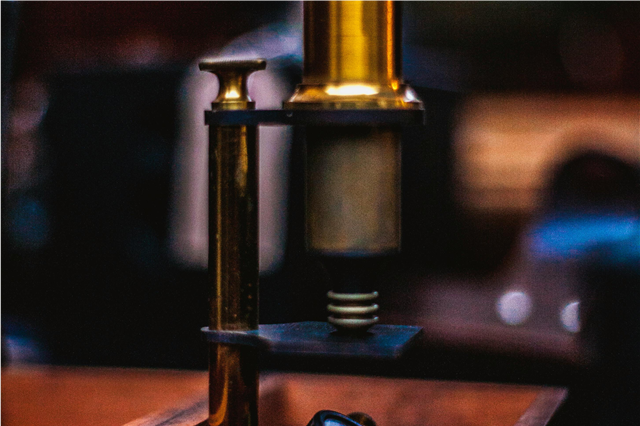
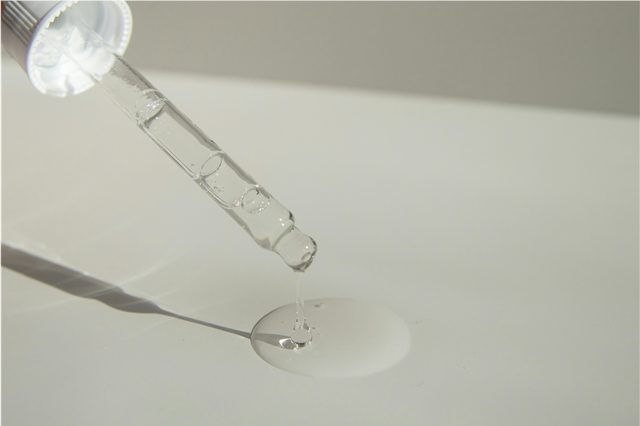

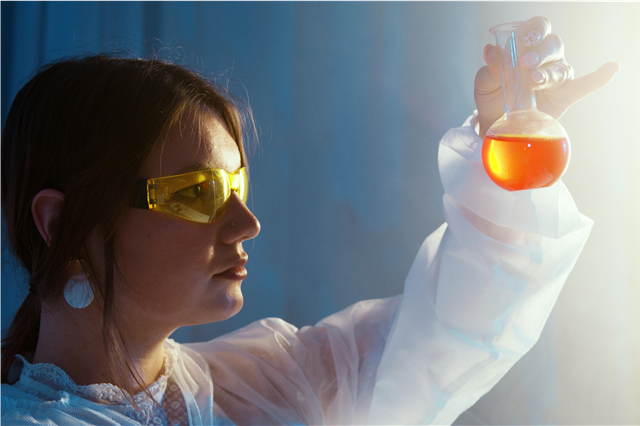
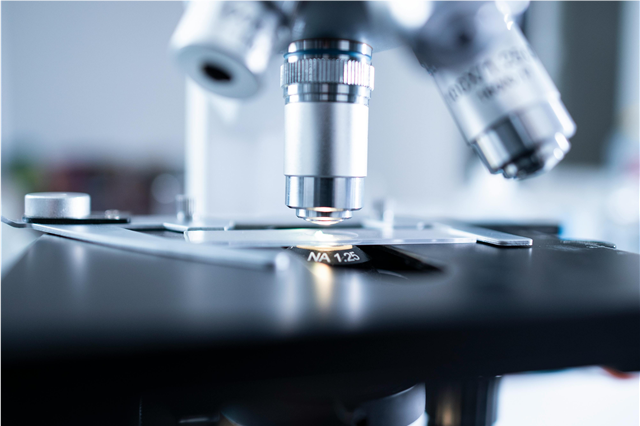

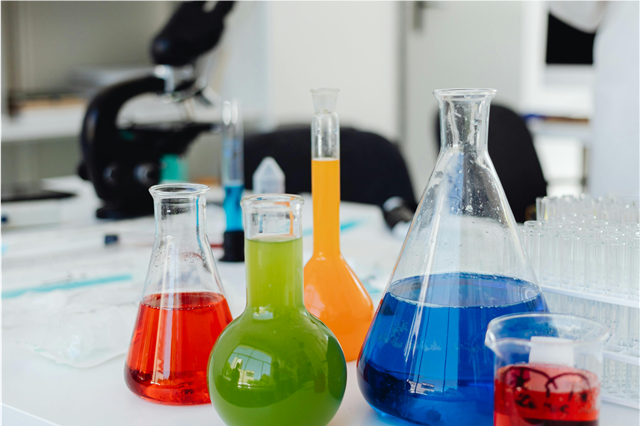







Post Comment